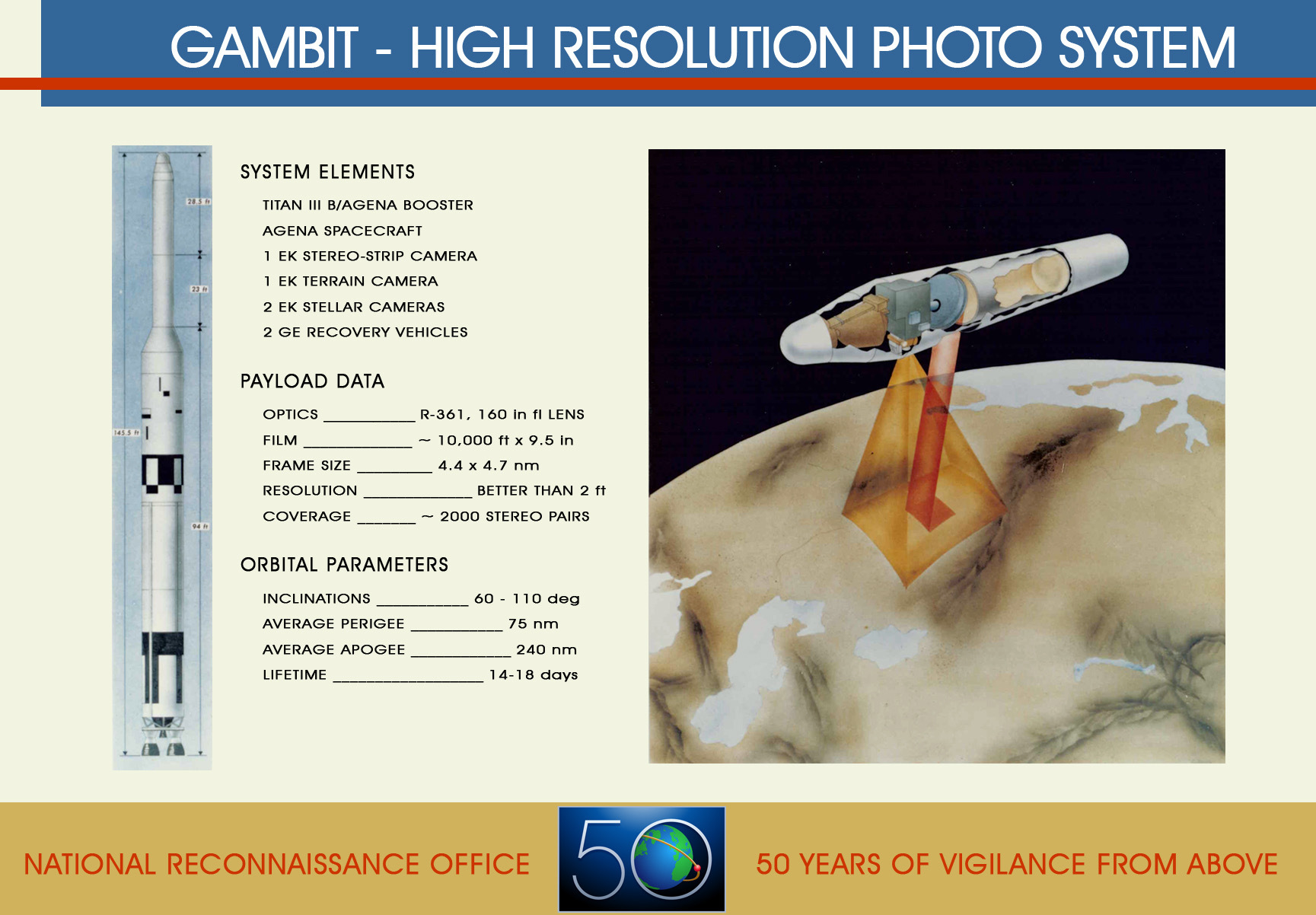NES Optica Event on Photographic Spy Satellites at Kodak 1960-1985
When
September 18, 2025
6:00 - 8:00 PM
Where
55 Old Bedford Road
Lincoln,
Massachusetts
01773
Hamilton Brook Smith Reynolds will host the The New England Section of Optica’s event in our Lincoln office on September 18th, 2025.
This is a hybrid event.
Event Abstract
The presentation will cover Kodak’s development and operation of photographic spy satellites from the first E-1 and E-2 near-real-time Imaging systems in the early 1960s, to the Gambit series of very high resolution systems culminating in the mid-1980s.
The satellites discussed are the E-1/E-2, the Lunar Orbiter, Gambit 1, Gambit 3, Dorian, and LMSS. The performance of these imaging systems ranged from multiple meters to better than two feet in terms of ground resolution, from altitudes ranging from 60 to 80 nautical miles. These satellites were used in tight coordination with the Corona imagery.
These programs used new engineering technology and several new optical fabrication methods. Many of these efforts led to advanced manufacturing technology such as ion polishing, CNC shaping of glass mirrors up to 4 meters in diameter, advanced small tool polishing, and interferometric measurement of optical figure.
Kodak's development of ultra-thin base photographic film allowed the amount of such film carried to be over 10,000 feet in length.

Speaker BioMichael Clayton was born in central Kansas and grew up in Tulsa, Oklahoma. He is currently retired after a long career. He graduated in 1962 from the University of Notre Dame with a BSME, specializing in Nuclear Engineering. After graduation, he served on active duty from 1962 to 1965 as a Special Weapons Officer. He became employed at Eastman Kodak upon leaving active duty.
From 1965 to 1985, he provided engineering support to Gambit, Lunar Orbiter, and other programs. He started as a photographic systems engineer and later managed development programs ranging in value from several million dollars to 750 million dollars.
Later in his career, he was director of engineering for Eastman Kodak’s Government Systems Division, managing 500 engineers across multiple development projects. He also served as Division Chief Technology Officer and Director of Active Systems. He retired in 2007. After retirement, he wrote and published “Images from the Black”, a history of the various satellite reconnaissance efforts at Kodak.


